
Awake and Alert
By shantyx427

29 Sep, 2023

In 2004, a German energy drink company, K-fee, decided to shake up the energy drink market with a unique advertising strategy. The idea was to create a series of TV ads that would startle viewers into alertness.

The first TV ad showed serene footage of a car driving through a green valley. The scene was peaceful, the soundtrack soothing, and the audience was lulled into tranquility.

Suddenly, a gargoyle appeared on the screen, accompanied by a loud, high-pitched scream. The sudden shock was designed to jolt viewers out of their complacency.

The slogan, "So wach warst du noch nie", appeared on the screen, translating into English as, "You've never been so awake". This was a simulation of the effect K-fee aimed to have on its consumers.

This disruptive ad campaign continued with eight more variations. Each one featuring different peaceful scenarios, followed by the sudden appearance of zombies or gargoyles, and the same high-pitched scream.

K-fee did not limit its unconventional approach to TV alone. The company also released four radio ads, including a Christmas story and a meditation audio, both in German and English.

The radio ads also had unexpected twists, designed to startle listeners and make them feel more awake, just like the TV ads. The aim was to expand the brand to the United Kingdom.

K-fee's marketing strategy also included three "less caffeine" commercials. Unlike the other ads, these didn't feature any scary figures or screams.
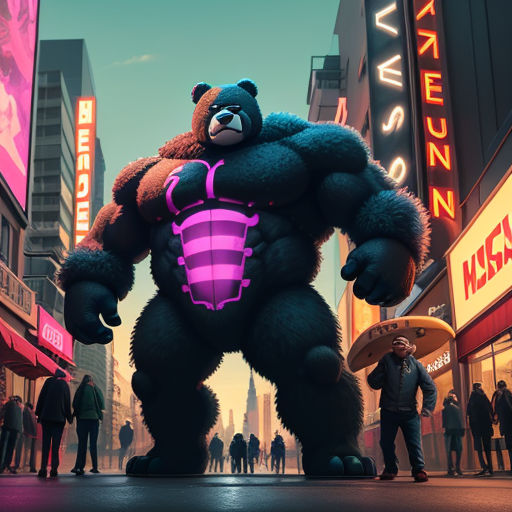
Instead, the "less caffeine" ads had a man in a monster suit or a man dressed as a teddy bear. These ads were humorous and lighthearted, a stark contrast to the other shock tactics.
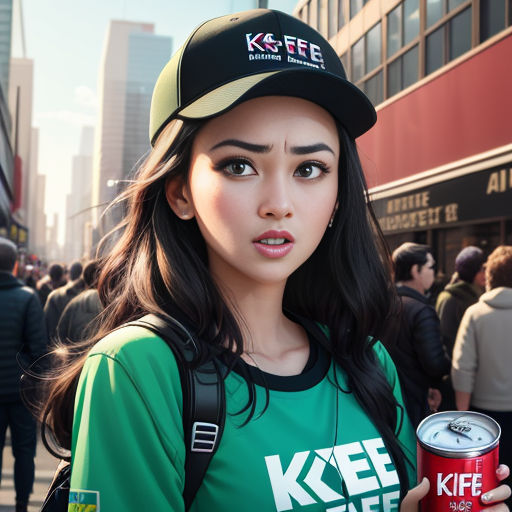
The company's unconventional advertising strategy did not go unnoticed. Viewers had strong reactions, and many were not in favor of the scare tactics used by K-fee.
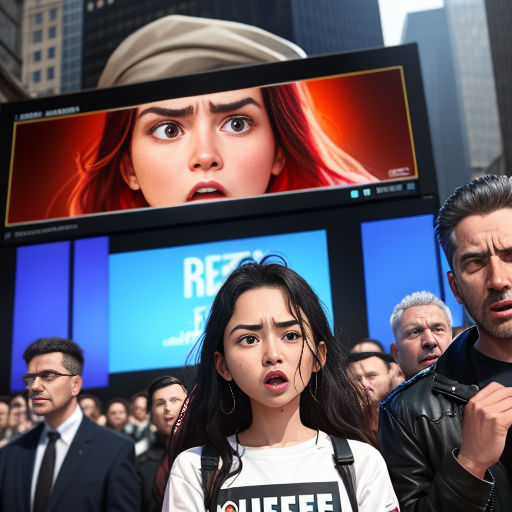
The TV and radio ads received a flood of complaints from the public. People claimed they were too shocking and unexpected, and that they caused unnecessary stress and fear.

Parents were particularly upset, stating that their children had been frightened by the ads. Some people even claimed they had experienced panic attacks as a result of the sudden shock.

Despite the backlash, K-fee stood by its advertising strategy. The company argued that the ads were designed to be memorable and to stimulate a reaction, which they certainly did.

They also pointed out that the ads were meant to simulate the effect of their energy drink. Just like the ads, K-fee was designed to wake people up and keep them alert.

K-fee's advertising strategy was a topic of much debate. Some marketing experts admired the company's daring approach, while others criticized it for being too aggressive.
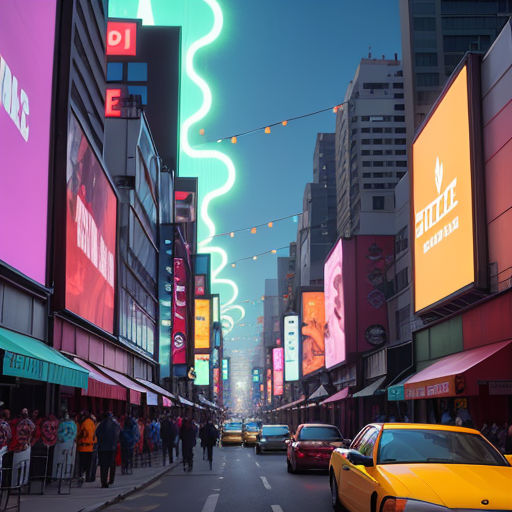
Regardless of the controversy, K-fee's ads were undeniably memorable. They made an impact and got people talking, which was exactly what the company wanted.

However, the overwhelming number of complaints eventually led to the ads being pulled from TV. Despite the company's defense, the regulatory authorities decided that the ads were too disruptive.

The decision to remove the ads was a blow to K-fee. The company had invested a lot in the ad campaign and had high hopes for its success.

Despite the setback, K-fee did not lose its innovative spirit. The company took the controversy in stride and began brainstorming new ways to market its products.
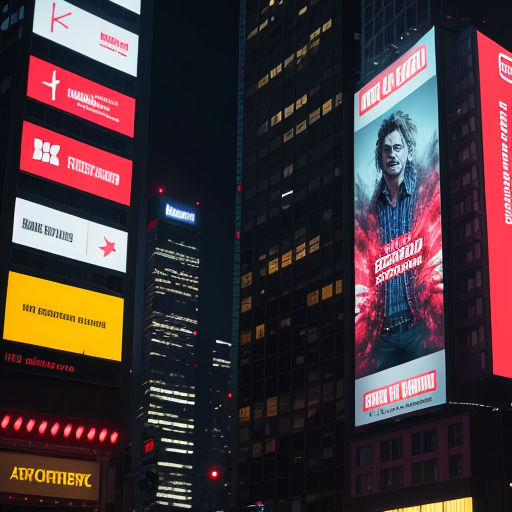
In the end, K-fee's advertising saga served as a lesson for the company and the advertising industry at large. It highlighted the fine line between creating impactful advertising and causing unnecessary distress.

K-fee's story also serves as a reminder that not all publicity is good publicity. While the company succeeded in creating a buzz, it also alienated some potential customers.

K-fee's experience showed that while pushing boundaries can be beneficial, it's important to consider the potential negative effects. In this case, the shock tactics used by the company were too much for some viewers.
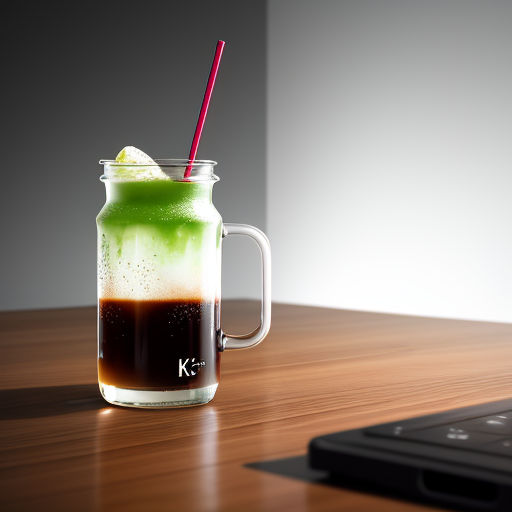
Today, K-fee is still a popular energy drink brand in Germany. Although the controversial ads are a thing of the past, they remain a memorable part of the company's history.
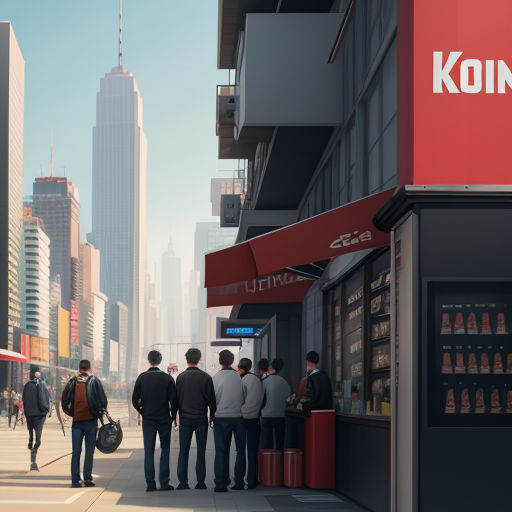
The company has since adopted a more conventional approach to advertising. However, it still maintains its innovative spirit and continues to explore new ways to stand out in the crowded energy drink market.

K-fee's story serves as a potent reminder of the power of advertising. It shows that while being different can garner attention, it's crucial to consider the audience's reaction and to strike the right balance.